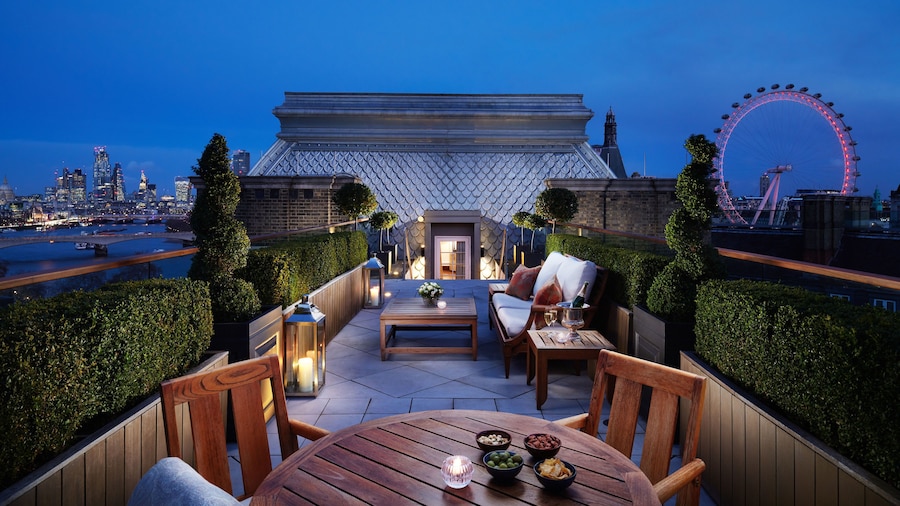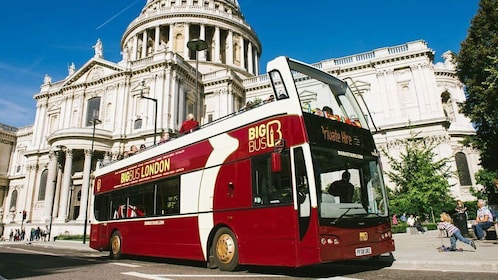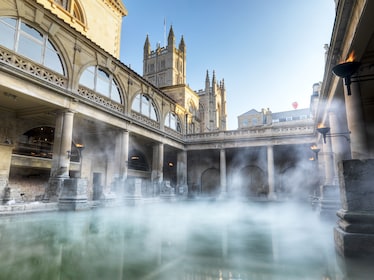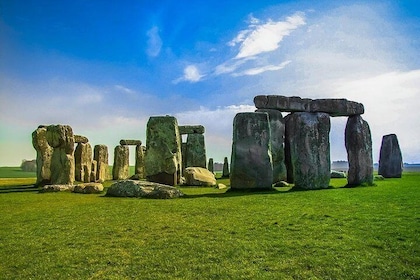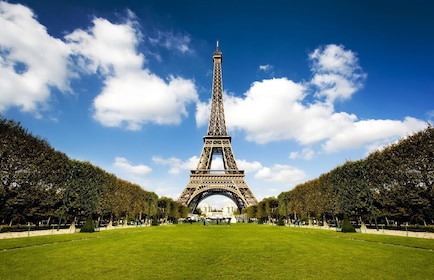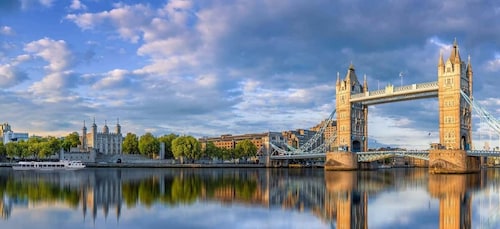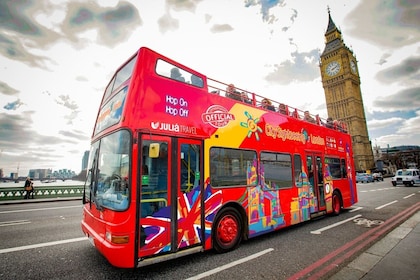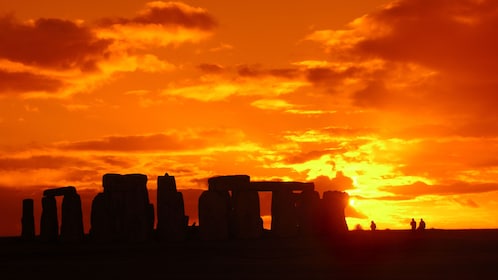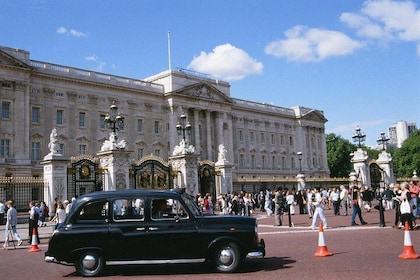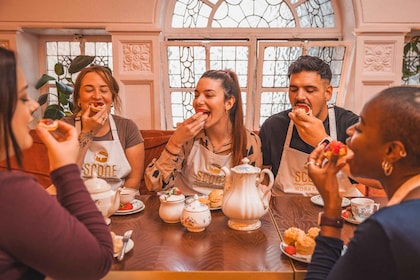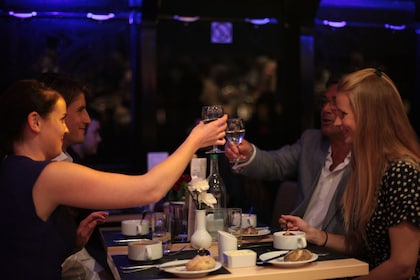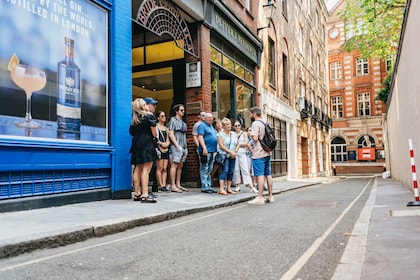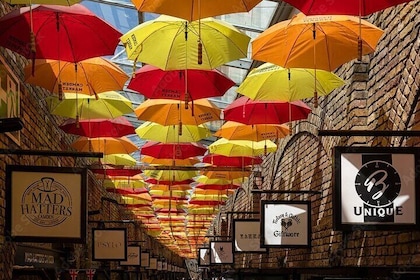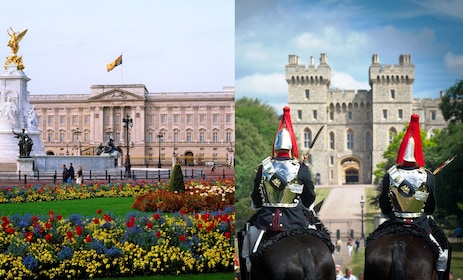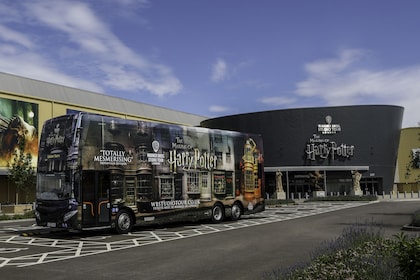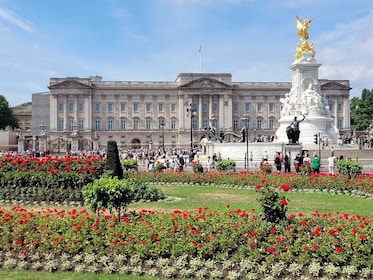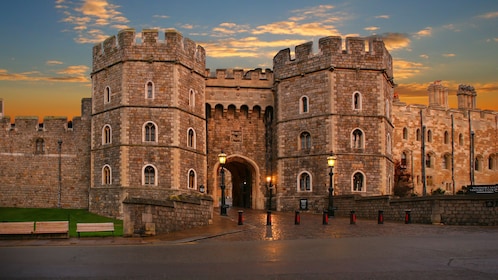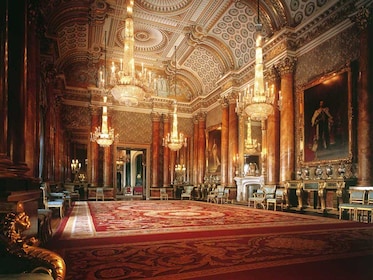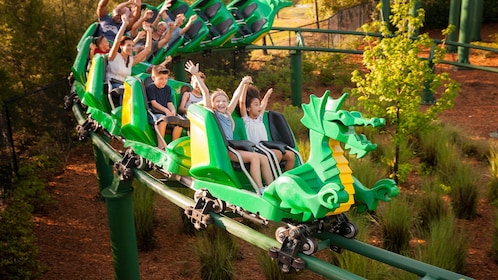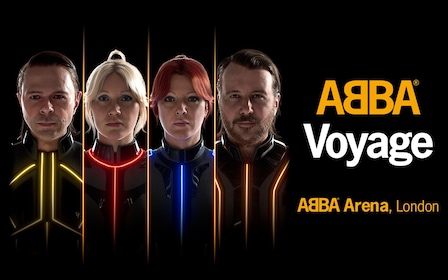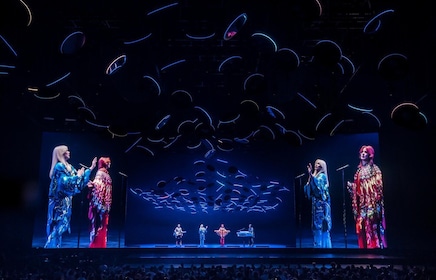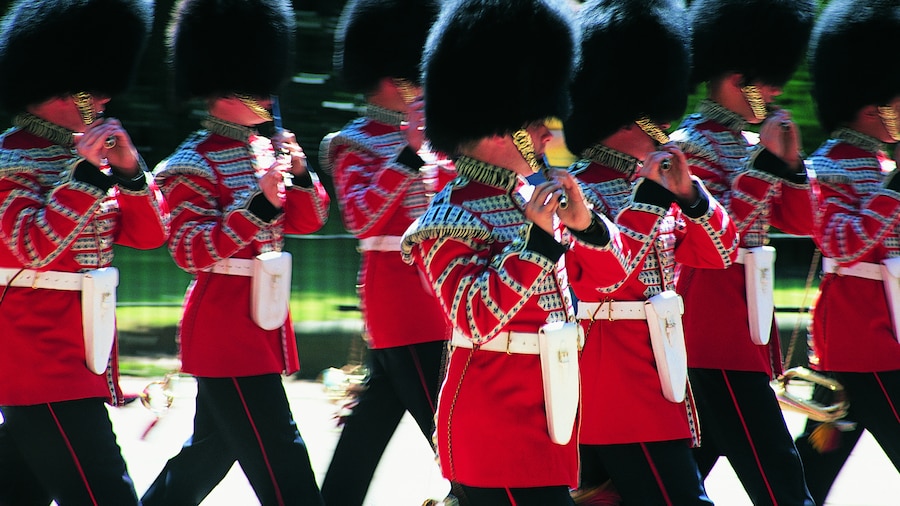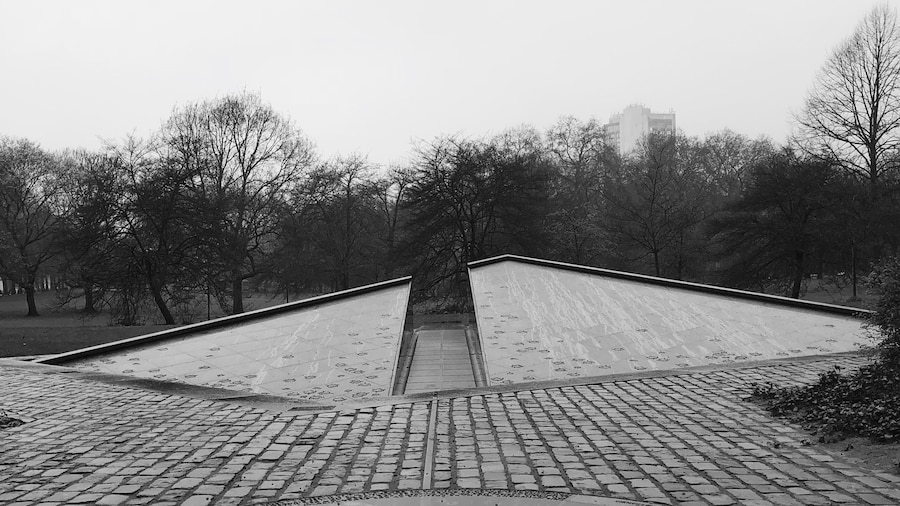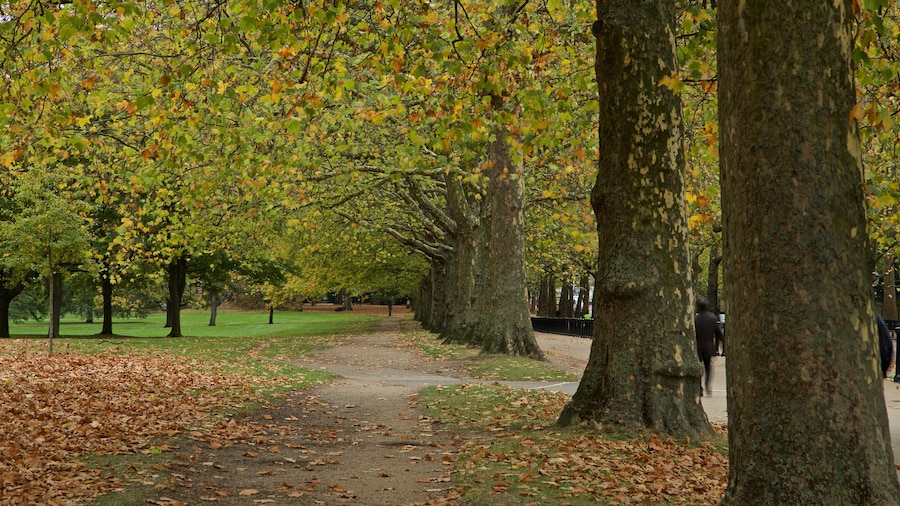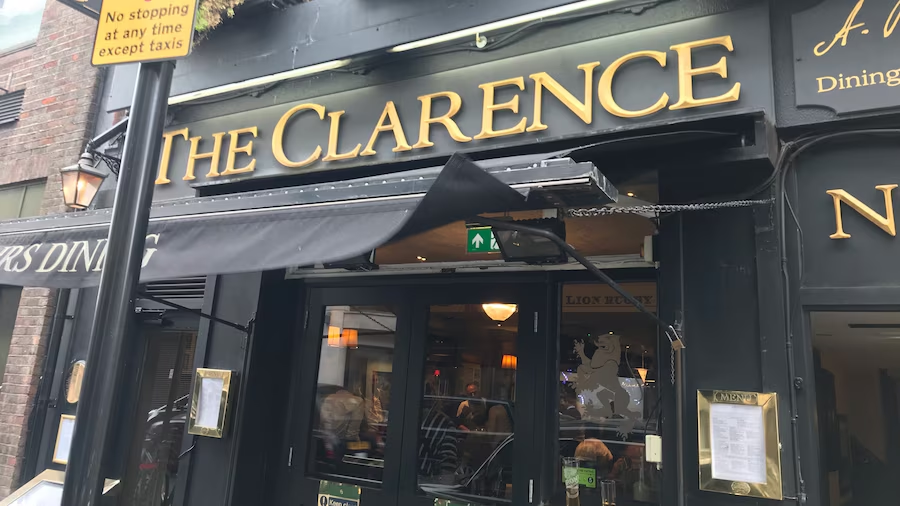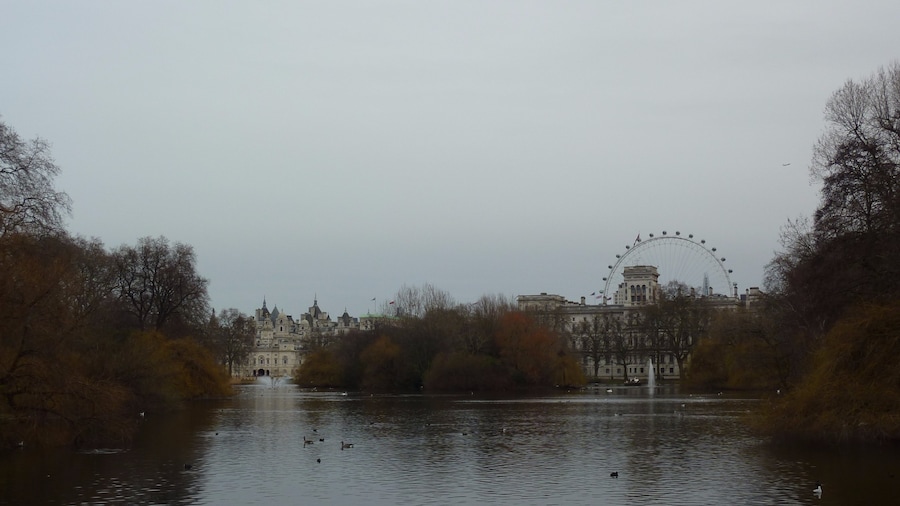The official residence of Queen Elizabeth II as well as the lavish home of the British monarchy for nearly two centuries.
Since 1837, Buckingham Palace has been the home of British royalty. During these years, the palace walls have been the backdrop to political change and have seen many advances in society, as well as being used to welcome guests from all over the world. But the palace itself has remained constant as an emblem of the monarchy, admired by guests who flock here. In fact, it’s one of the world’s most visited spots.
It was built in the early 1700s for the Duke of Buckingham, and was originally dubbed Buckingham House. Through the centuries it has grown, and when you step inside, you’ll be able to appreciate its present magnificence. In the Great Hall, you’ll be greeted by the sight of its curving portrait-lined marble staircase. Visit the opulent gold and scarlet decorated Throne Room, used to this day for royal receptions, which connects you through to the East Front Balcony, which you’ll recognise as the spot where Prince William and Catherine, Duchess of Cambridge greeted the crowds and shared their first public kiss as a married couple in April 2011.
Nineteen of the palace's state rooms are open to the public for guided tours during August and September, when Queen Elizabeth II departs on her annual trip to Scotland. You’ll have to pay to enter, but as part of the fee, you can pick up an audio tour and get the chance to explore the royal family’s enchanting private art collection, not to mention the palace’s incredible range of furniture. Check on the palace website in advance to see when tours are available.
Even if you remain outside the gates, you’ll get to see the famous Changing the Guard ceremony at 11.30 a.m. on specific days. Arrive at 11.15 prompt and you’ll see the guards and bands arriving before the main event. Afterwards, head off to explore nearby Hyde Park, as well as the leafy Kensington and Green Park areas.
Buckingham Palace is situated in the City of Westminster, and is easy to reach by bus or by alighting at St. James’s Park on the Underground.






